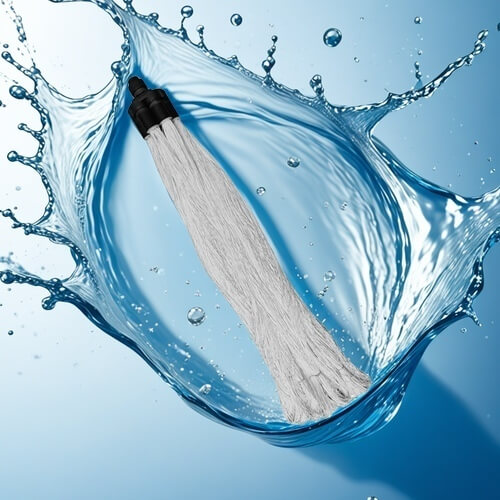Biochemical treatment of printing and dyeing wastewater
Biochemical treatment of printing and dyeing wastewater is a commonly used and effective technology, which mainly relies on the metabolic action of microorganisms to degrade organic matter and pollutants in the wastewater. This method has the advantages of good treatment effect and relatively low cost, and is suitable for the treatment of high concentration and colored wastewater.
Basic principles of biochemical methods
Biochemical methods utilize microorganisms (such as bacteria, fungi, etc.) to convert organic matter in wastewater into harmless substances under suitable environmental conditions. The specific process includes the following steps:
Hydrolysis acidification: In this stage, complex organic compounds are hydrolyzed into simple soluble organic compounds, which are then further degraded by acidic bacteria.
Aerobic biological treatment: Through technologies such as activated sludge or biofilm, aerobic microorganisms are used to oxidize and decompose organic matter in water, generating carbon dioxide and water.
Sedimentation and recovery: After biochemical treatment, the sludge is separated by a sedimentation tank. Some of the sludge can be returned to the reaction tank to maintain the concentration of activated sludge, while the rest is dehydrated and disposed of.

Processing technology
The biochemical treatment process of printing and dyeing wastewater usually includes the following key steps:
Pre treatment: Preliminary adjustment of wastewater, such as pH adjustment, removal of suspended solids, etc., to improve the efficiency of subsequent biochemical treatment.
Mixed reaction tank: Pre treated wastewater is sent to the mixed reaction tank, activated sludge is added, and oxygen is provided through aeration to promote microbial reproduction and metabolism.
Sedimentation tank: After the reaction, the mixed liquid enters the sedimentation tank, and the solid sludge is separated by sedimentation. The clear liquid can be further processed or discharged.
Advantages and Challenges
Advantages
Efficient removal rate: The removal rate of COD (chemical oxygen demand) and BOD (biological oxygen demand) by biochemical methods can usually reach over 90%
Economy: Compared to other processing methods such as chemical and physical methods, biochemical methods have more advantages in operating costs.
Environmentally friendly: This method utilizes microorganisms in nature for treatment without introducing additional harmful chemicals.
Challenge
Poor resistance to impact loads: The composition of printing and dyeing wastewater is complex and fluctuates greatly, which may cause impact on microorganisms and affect the treatment effect
Secondary pollution risk: Improper operation may lead to problems such as sludge expansion or odor generation.
Conclusion
Biochemical method is an effective technology for treating printing and dyeing wastewater, which achieves purification by utilizing the metabolic activity of microorganisms. Despite some challenges, reasonable design and management can significantly improve its treatment efficiency and reduce costs, making it an important choice for wastewater treatment in the current printing and dyeing industry.
